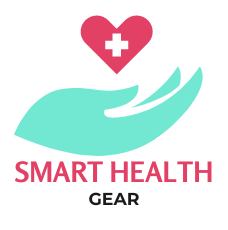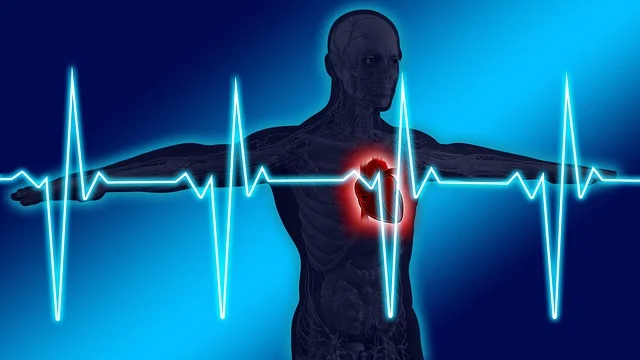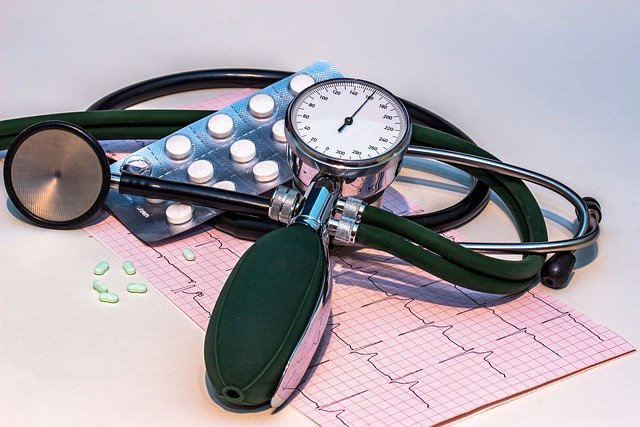The Comprehensive Guide to Heart Rate Monitors
Heart rate monitors have become an essential tool for athletes, fitness enthusiasts, and those with medical conditions alike. These devices provide real-time data on the heart’s performance, helping individuals optimize their workouts, track their cardiovascular health, and even detect potential health issues early. This article delves into the evolution, technology, benefits, and future of heart rate monitors, offering a thorough understanding of these invaluable devices.
The Evolution of Heart Rate Monitors
The concept of monitoring heart rate dates back to the early 20th century when the first electrocardiographs (ECGs) were developed. These early devices were cumbersome and used primarily in medical settings. The 1970s saw the advent of the first portable heart rate monitors, which, while still relatively bulky, allowed for more practical use outside of clinical environments.
The 1980s and 1990s marked significant advancements with the introduction of wearable heart rate monitors designed for athletes. These early models typically consisted of a chest strap that transmitted data to a wristwatch. Over time, the technology became more refined, leading to the development of more accurate and comfortable devices.
How Heart Rate Monitors Work
Modern heart rate monitors use a variety of technologies to measure and track heart rate. The two most common types are chest strap monitors and wrist-based monitors.
- Chest Strap Monitors: These devices use electrodes embedded in a strap worn around the chest. The electrodes detect the electrical signals generated by each heartbeat, providing accurate and continuous heart rate data. The data is then transmitted to a wristwatch or smartphone for real-time monitoring.
- Wrist-Based Monitors: These monitors use optical sensors, typically located on the underside of a wristwatch or fitness tracker, to measure blood flow through the skin. The sensors emit light into the skin and measure the amount of light reflected back, which varies with the blood flow and heartbeat. While generally less accurate than chest strap monitors, wrist-based monitors offer greater convenience and comfort for everyday use.
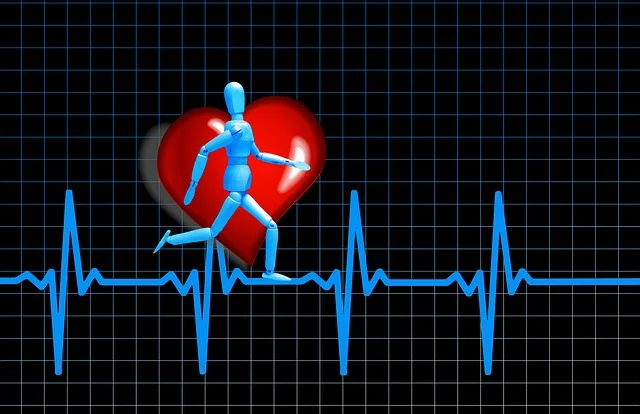
Applications of Heart Rate Monitors
Heart rate monitors have a wide range of applications, from fitness and sports to medical and wellness monitoring.
- Fitness and Sports: Athletes and fitness enthusiasts use heart rate monitors to optimize their training. By monitoring heart rate zones, individuals can ensure they are training at the right intensity to achieve their fitness goals, whether it’s improving cardiovascular endurance, burning fat, or enhancing overall performance.
- Medical Monitoring: Heart rate monitors are invaluable for individuals with cardiovascular conditions such as arrhythmias, heart disease, or hypertension. These devices allow for continuous monitoring, helping detect abnormal heart rhythms or other issues early, potentially preventing serious complications.
- Wellness and Lifestyle: Many people use heart rate monitors to gain insights into their overall health and well-being. By tracking resting heart rate, stress levels, and sleep patterns, users can make informed lifestyle changes to improve their health.
Benefits of Using Heart Rate Monitors
The benefits of heart rate monitors extend across various aspects of health and fitness.
- Accurate Monitoring: Heart rate monitors provide precise and continuous data, allowing users to track their heart rate in real-time during exercise or daily activities. This accuracy helps in maintaining the right intensity levels for workouts and monitoring overall heart health.
- Personalized Training: By using heart rate data, individuals can create customized training programs tailored to their specific fitness levels and goals. Heart rate zones help guide intensity levels, ensuring that workouts are both effective and safe.
- Early Detection of Health Issues: Continuous heart rate monitoring can help detect potential health problems early. For individuals with known heart conditions, this can be life-saving, allowing for timely medical intervention.
- Motivation and Progress Tracking: Seeing real-time data on heart rate and understanding how it changes with exercise can be highly motivating. It helps users see their progress over time, keeping them engaged and committed to their fitness routines.
- Stress Management: Heart rate variability (HRV), a measure of the variation in time between heartbeats, is an indicator of stress levels. By monitoring HRV, individuals can identify stress patterns and take steps to manage stress more effectively.
Challenges and Considerations
While heart rate monitors offer numerous benefits, there are also challenges and considerations to keep in mind.
- Accuracy: While chest strap monitors are generally very accurate, wrist-based monitors can be affected by factors such as movement, skin tone, and device placement. Users should be aware of these limitations and use the data as a guide rather than an absolute measure.
- Cost: High-quality heart rate monitors, especially those with advanced features, can be expensive. Users should consider their specific needs and budget when selecting a device, ensuring they choose one that provides the necessary features without overspending.
- Privacy and Data Security: Heart rate monitors collect sensitive health data, raising concerns about privacy and security. Users should be aware of the data privacy policies of the device manufacturers and take steps to protect their information, such as using strong passwords and regularly updating their devices.
- Dependence: Relying too heavily on heart rate monitors can sometimes lead to an overemphasis on data and metrics, potentially detracting from the enjoyment of physical activity. It’s important for users to find a balance between using the device as a tool for motivation and maintaining a healthy relationship with exercise.
Popular Heart Rate Monitors
Several brands have become leaders in the heart rate monitor market, offering a range of devices to suit different needs and preferences.
- Polar: Known for their accuracy and reliability, Polar heart rate monitors are popular among athletes and fitness enthusiasts. The Polar H10 chest strap is particularly well-regarded for its precise data and comfortable fit.
- Garmin: Garmin offers a variety of heart rate monitors, including chest straps and wrist-based devices. Their products are known for their durability and integration with other Garmin fitness devices.
- Apple Watch: While primarily a smartwatch, the Apple Watch includes robust heart rate monitoring features, including optical heart rate sensors and ECG capabilities. It provides a comprehensive health monitoring experience with seamless integration into the Apple ecosystem.
- Fitbit: Fitbit’s range of fitness trackers and smartwatches include heart rate monitoring as a standard feature. Devices like the Fitbit Charge and Fitbit Sense offer detailed heart rate data along with other health and fitness metrics.
- Wahoo: Wahoo’s TICKR heart rate monitors are popular among cyclists and runners for their accuracy and ease of use. The TICKR X model also includes advanced features like running dynamics and indoor cycling cadence.
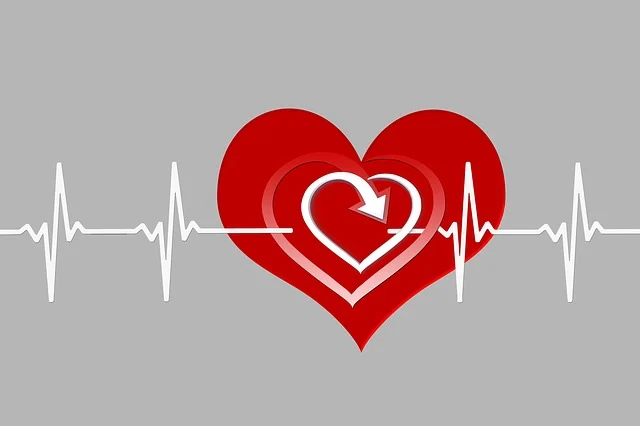
The Future of Heart Rate Monitors
The future of heart rate monitors is promising, with ongoing advancements in technology expected to bring even more sophisticated and useful features.
- Enhanced Sensors: Future heart rate monitors may include advanced sensors capable of measuring additional health metrics, such as oxygen saturation, hydration levels, and stress biomarkers. These enhancements will provide users with a more comprehensive view of their health.
- Artificial Intelligence: AI and machine learning algorithms will likely play a greater role in analyzing heart rate data and providing personalized recommendations. This will help users make more informed decisions about their health and fitness routines.
- Integration with Health Care: Heart rate monitors may become more integrated with the healthcare system, allowing for seamless sharing of data with healthcare providers. This will enable more proactive and personalized medical care, improving health outcomes.
- Wearable Ecosystems: As wearable technology continues to evolve, we may see the development of comprehensive wearable ecosystems that include not only heart rate monitors but also other health monitoring devices. This will provide users with a holistic view of their health and well-being.
Conclusion
Heart rate monitors have come a long way from their early days as cumbersome medical devices. Today, they offer a wealth of features and insights that can help individuals lead healthier, more active lives. By providing accurate data, personalized training guidance, and early detection of potential health issues, these devices have become invaluable tools for athletes, fitness enthusiasts, and those with medical conditions alike. As technology continues to advance, the potential for even more sophisticated and beneficial heart rate monitors is vast, promising an exciting future for this rapidly evolving field.
